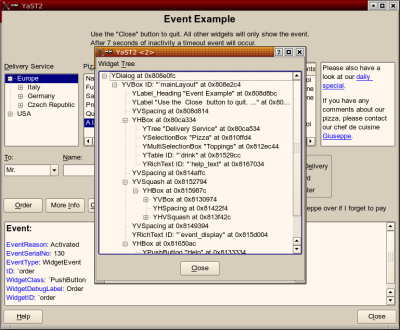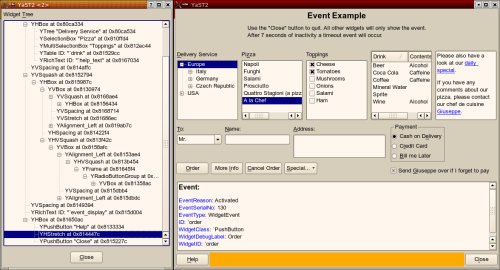In March 2006 I lost my patience with Microsoft Windows XP Prof. which I’d bought together with a hardware upgrade on my older computer. I had allready been using StarOffice 5.2/OpenOffice for letters and spreadsheets for 6 years and Firefox had been my preferred webbrowser for some years after 5 to 6 months using Netscape Navigator.
At that time I had only heard a little about Linux, and when I googled I only found sites advertising installation CD’s. Not really what i needed.
One day though I saw an article from an experience from a company, who had switched over to SuSE Linux 10.0. The result was, that the majority of emploiees in that particular company hardly noticed any difference from what they were used to. And some even thought it to be easier. Encouraging article that woke up my curiousity – I wanted to learn more.
Several searches later I had learned about the danish Linux forums and I discovered the danish guide written and maintained by Martin Schlander (cb400f). The guide described how to download and burn .iso images etc. Five (5) CD’s was it, which made me wonder, whatever that were all about. Never the less I downloaded, burned, and backed up my files on my computer. Through my 12 years Windows experience I had learned to allways partition my harddisk and keep important files on the D:-drive.
I were ready to jump into it.
What a surprise. I were used to spend an entire day installing first the OS with a couple of reboots. Then install drivers – reboots – programmes – reboots same-old-story-etc. etc. It were all don in only 40 minutes including upgrades through my wireless router. All my hardware (except from my webcam) worked out-of-the-box. Installing files needed for mp3-files and to be able to watch DVD’s etc. was described in the guide.
Deeply impressed I were ready to learn more. Not only about Linux but also about the community. I subscribed to some forums and newsletters and started my voyage into a totally different world.
To be continued…






